The Donald Piper Memorial Medical Collection of St. Joseph Hospital
Introduction
Text-to-speech Audio
Founded by the Sisters of St. Joseph of Carondelet, St. Joseph Hospital opened in 1874. In operation for over one hundred years, the hospital serves as an excellent resource to observe medical advancements in the past century. Consisting of over 15,000 pieces of medical equipment and other archives from the St. Joseph Hospital, the Donald Piper Memorial Medical Collection of St. Joseph Hospital is one of the largest medical collections in the Midwest. The collection comes from the medical museum that was housed at St. Joseph Hospital, founded by Dr. Donald Kirk Piper in 1972, and its first museum exhibit in the hospital's second location opening in 1983. The Kansas City Museum acquired the collection in 2015 and is currently displaying a portion of the collection for patrons to see the evolution of medical science.
Images
The Medical Collection Label
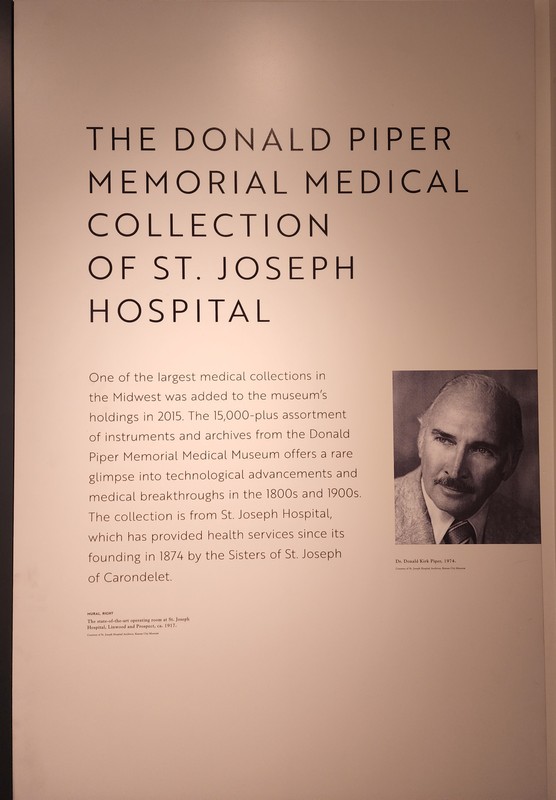
"The Ties that Bind Us" by Renee Cinderhouse
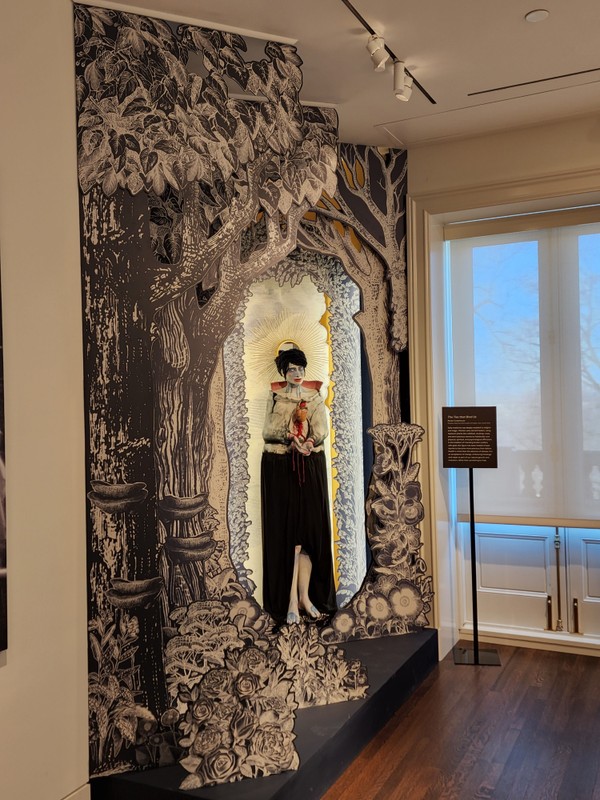
Medical Equipment Display
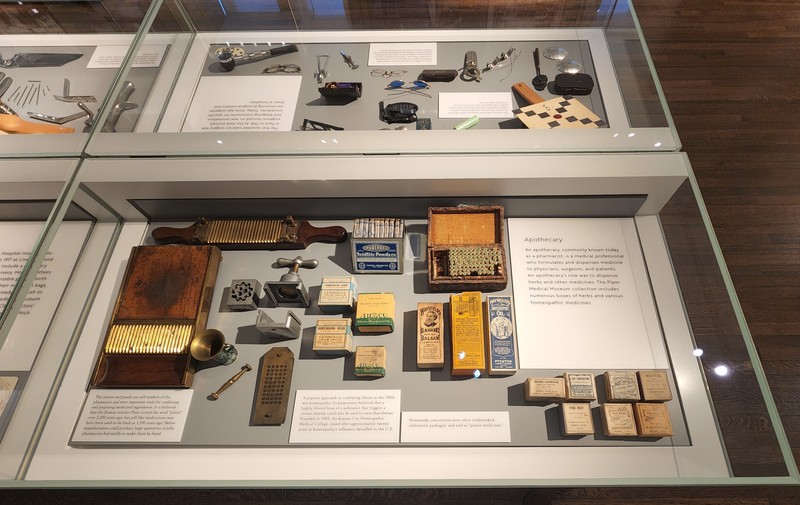
Medical Equipment Display
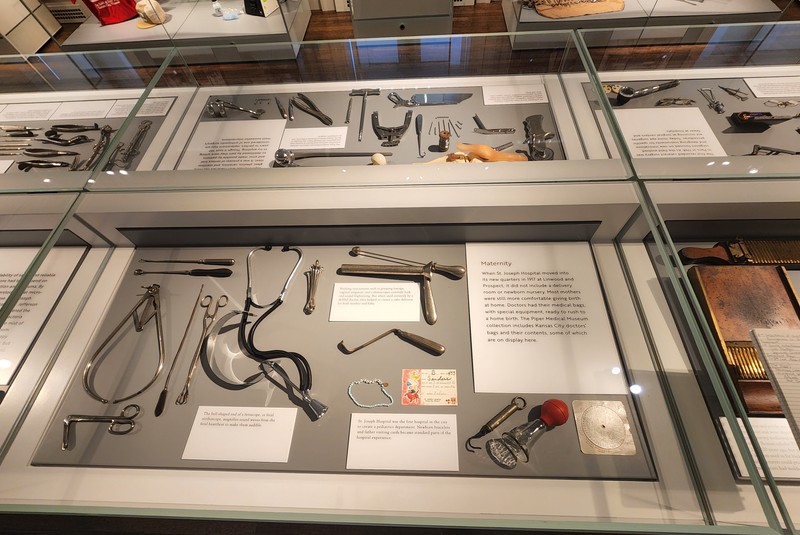
Medical Equipment Display
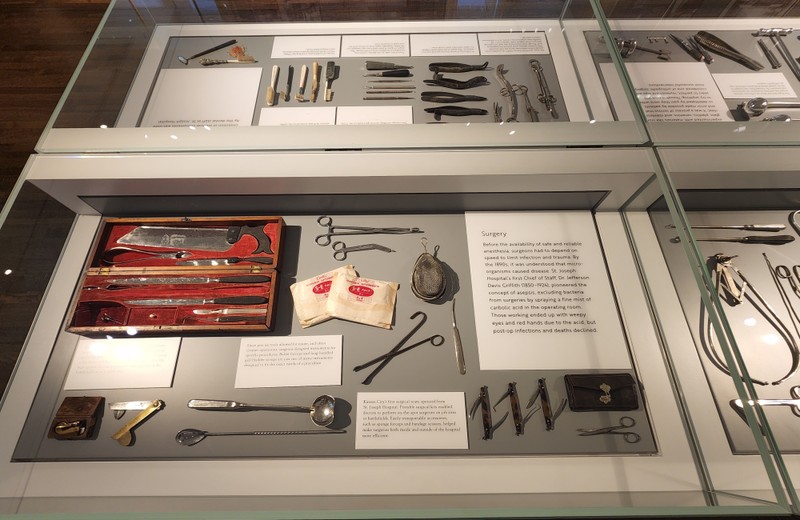
St. Joseph Hospital Display
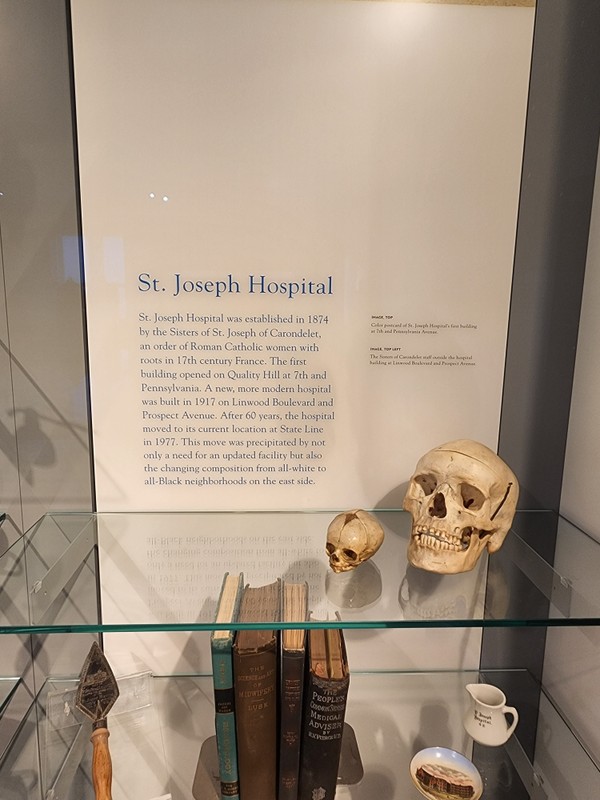
Medical Equipment Display
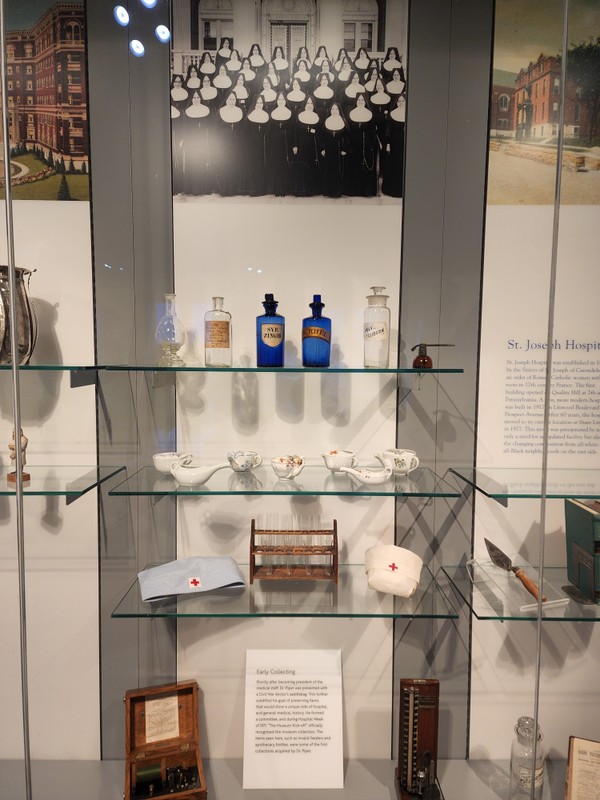
Anatomical Head
.jpg)
Microscope
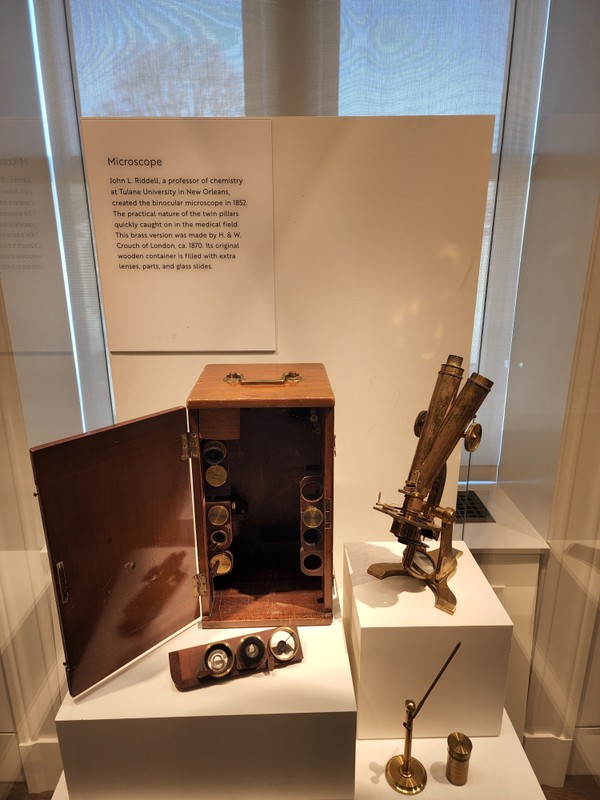
Medical Equipment Display
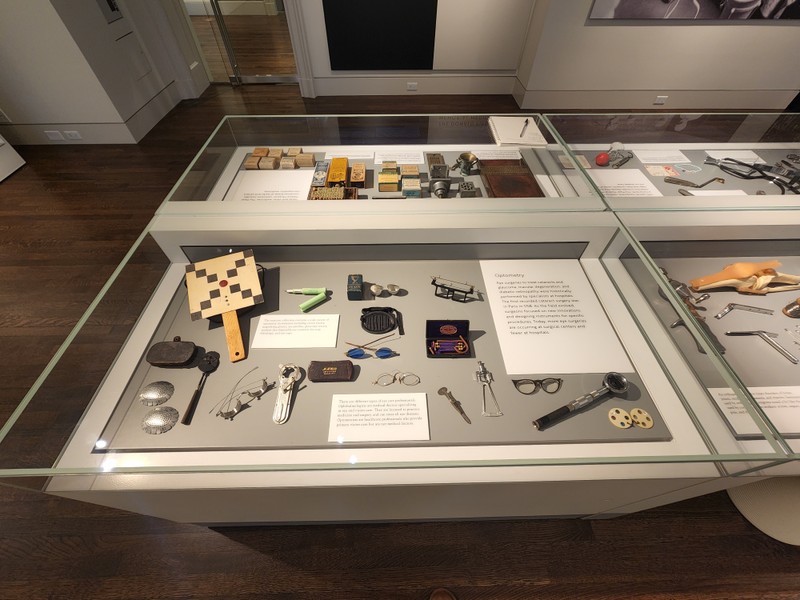
Medical Equipment Display
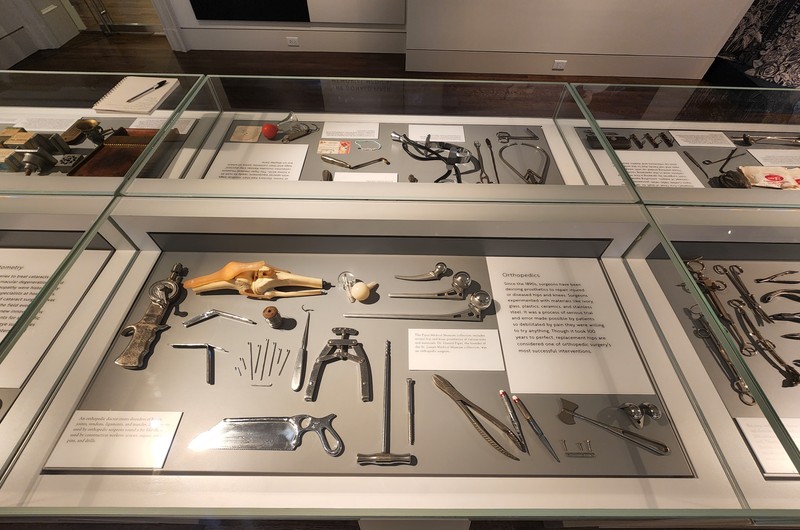
Medical Equipment Display
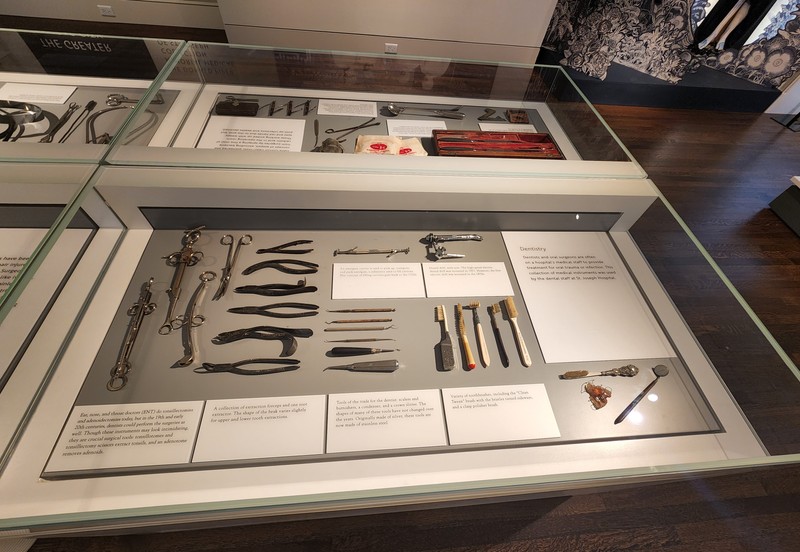
The Medical Collection Display Gallery Room
.jpg)
Medical Equipment Display
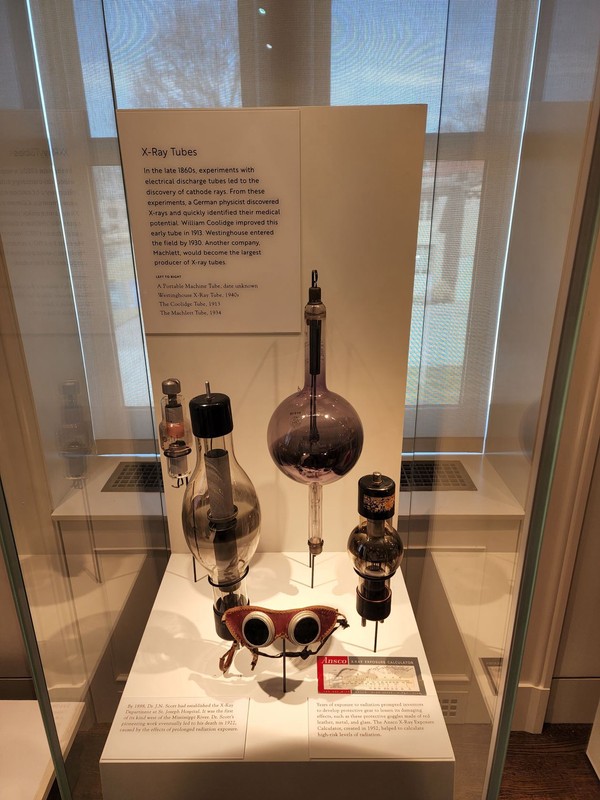
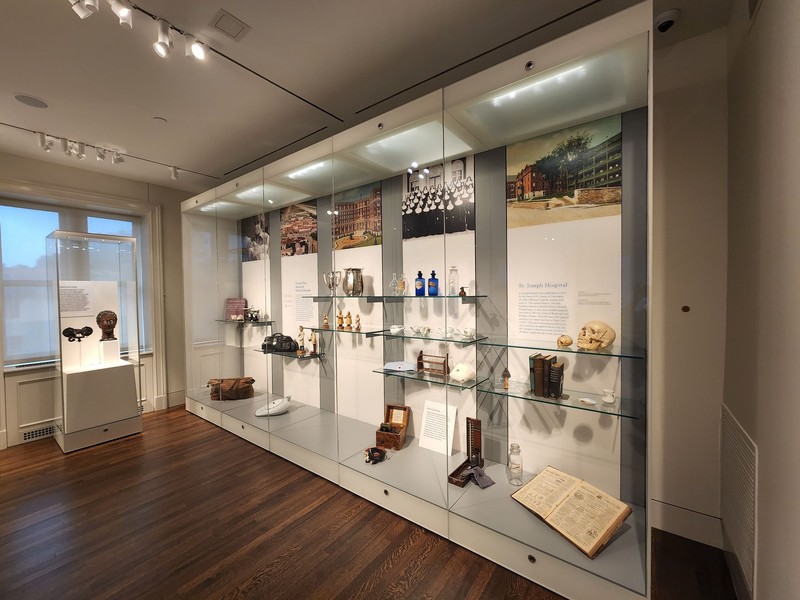
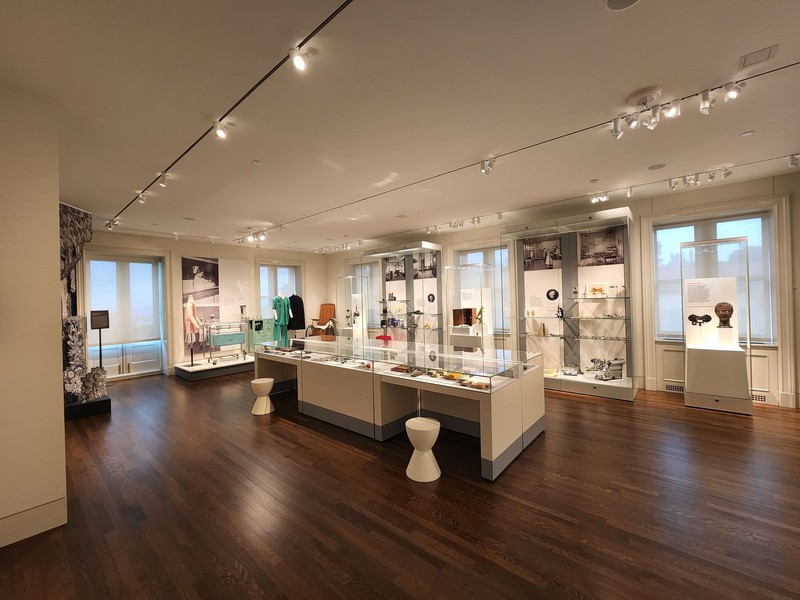
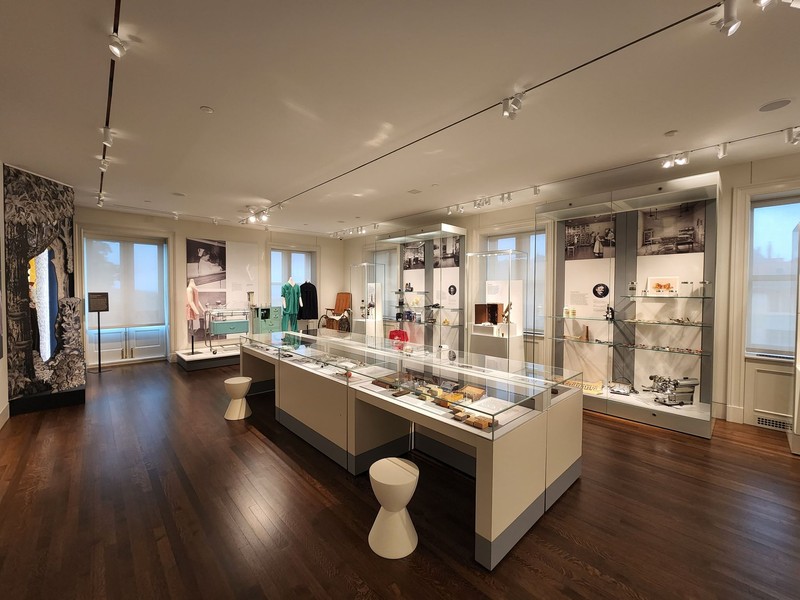
Backstory and Context
Text-to-speech Audio
The Donald Piper Memorial Medical Collection of St. Joseph Hospital holds over 15,000 pieces of medical equipment and other archival materials, making it one of the largest medical collections in the Midwest. A changing gallery is currently dedicated to displaying items from the collection on the second floor of the Kansas City Museum. The Kansas City Museum acquired the collection from St. Joseph Hospital in 2015, after the collection had been used for museum exhibits in the hospital itself for over 40 years.
The idea for a medical museum at St. Joseph Hospital came from Dr. Donald Kirk Piper, who wanted the hospital's stored medical collection to be displayed for public view. Such displays would demonstrate the evolution of the medical practice over the decades. The first display opened in 1972 at St. Joseph's previous location at Linwood Boulevard and Prospect Avenue. In 1977, the hospital moved to a new location on State Line Road and I-435, and space was set aside for the medical collection and main exhibit. "Turn of the Century Doctor's Office," the first museum exhibit at the hospital's new location, opened in 1983 after years of work by staff and volunteers.
The medical collection from St. Joseph Hospital covers medical advancements from the 1800s into the 1900s. Established in 1874 by the Sisters of St. Joseph of Carondelet, St. Joseph Hospital has offered medical care for nearly 150 years. The hospital has changed locations. throughout its history. First, in 1917, it moved from its original location on Quality Hill at 7th Street and Pennsylvania Avenue to Linwood Boulevard and Prospect Avenue. Then, it moved again in 1977, to State Line Road and I-435. The medical collection traveled with the hospital, but a portion is now at Corinthian Hall for patrons to view.
The displays focus on specific categories of medical development, including optometry, orthopedics, dentistry, surgery, maternity and gynecology, and apothecary work, which would be referred to as pharmacy work today. Two interesting displays in the exhibition room include an anatomical head and a microscope. This particular anatomical head, also known as an ophthalmophantome or "phantom mask," was created by the Austrian Josef Leiter around the year 1890, and was brought to the St. Joseph Hospital by Dr. Ambrose E. Eubank in 1910. The "phantom mask" was used by those studying ophthalmology in order to practice ophthalmic surgery. The microscope on display was created by H&W Crouch of London around the year 1870, and it came in a wooden container with additional lenses, slides, and parts. Such displays demonstrate medical advancements on specific instruments, considering microscopes are still used by doctors and scientists today as well as anatomical heads, although they are more advanced. Thus, practical skills were developed in similar ways throughout time, demonstrating the lasting impact of effective practices.
The exhibit not only covers the evolution of medical equipment over the years, but also the evolution of gender equality within the medical field. The collection includes medical uniforms worn throughout the earlier decades of the hospital. The nursing uniform, consisting of a white dress, hat, and shoes, displays how the nursing profession was predominated by women, while medical doctors wore surgical suits and were most often men. The medical profession has expanded in many ways over the decades, and both men and women serve as nurses and doctors, and gendered uniforms of the past are no longer in use.
"The Ties that Bind Us," an art installation by Renee Cinderhouse, is positioned in the southwest corner of the exhibition room. The installation symbolizes healing and acceptance of change, calling us to embrace our "repairs" and scars rather than hide them away. As hospitals aim to heal those who are injured or sick, "The Ties that Bind Us" perfectly encapsulates the importance of healing and the change that accompanies it.
Sources
Kansas City Museum, 3218 Gladstone Blvd., Kansas City, MO, 64123 (accessed March 8, 2022). Wall Plaques: Wall text. The Donald Piper Memorial Medical Collection of St. Joseph Hospital, Kansas City Museum, Kansas City, Missouri.
